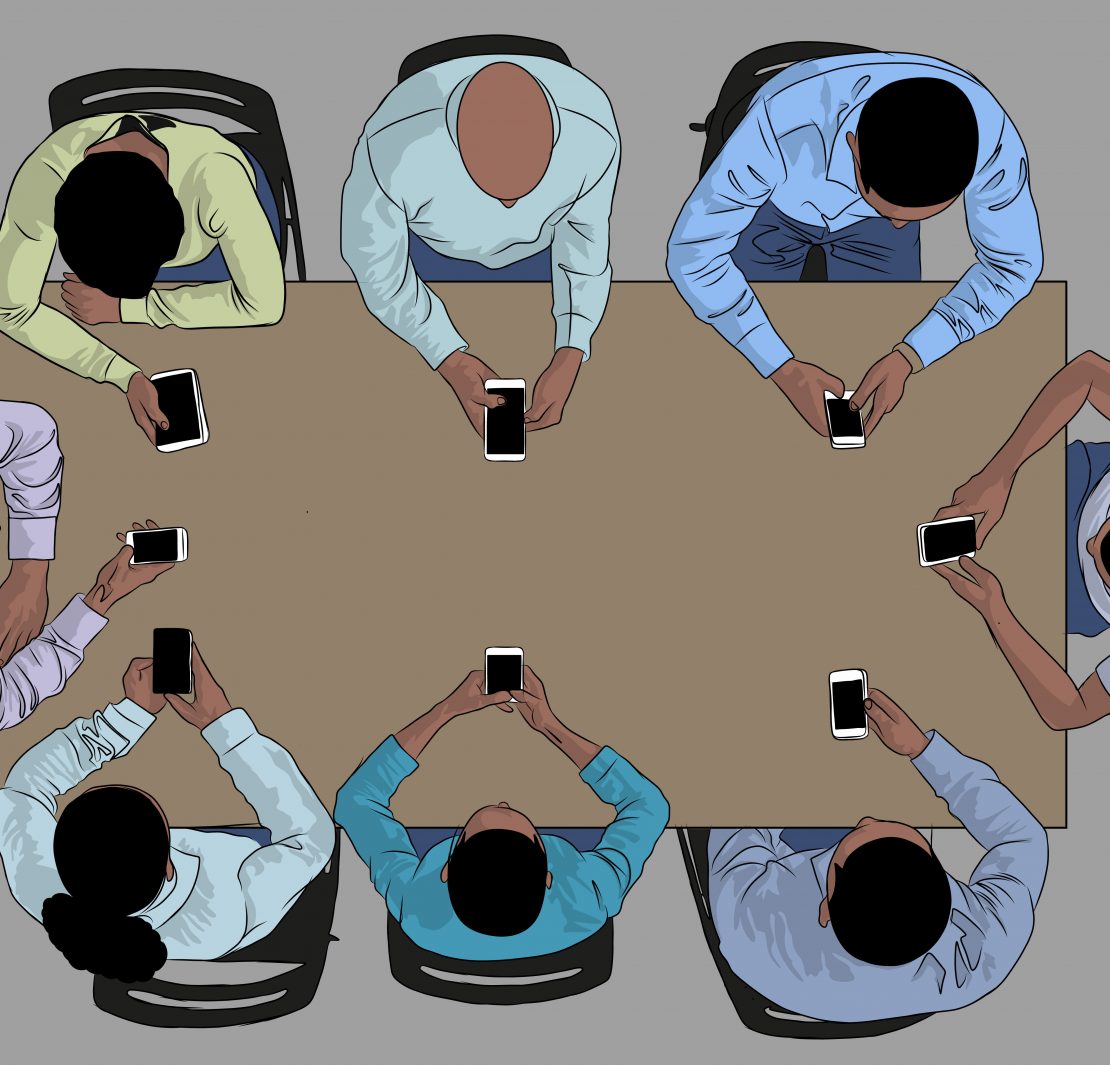“Trust starts with truth and ends with truth.”
– Santosh Kalwar
Growing up I remember I was forbidden from eating at my neighbor’s house. Failure to adhere to this would result in proper whooping. It did not need any telling that trust was a very rare commodity back in the day. This trend has continued to this day, where we continue to live in a low-trust world. Citizens do not trust governments, citizens do not trust each other, employers do not trust employees, spouses do not trust each other, and the list goes on and on.
In this Covid-19 season, I am told that some colonial bosses still don’t believe that employees can deliver work from home! Some people seem not to have come to terms with the new norm.
I digress, but trust issues have poured into society and continue to influence how we do what we do both online and offline. It got me thinking about the various platforms that exist in Kenya i.e. Mpesa and Jumia. Both these platforms have experienced their fair share of ups and downs, but one has eventually grown exponentially. What’s trust got to do with it, one may wonder.
Let’s take a deep dive and understand the role of trust in platform success.
Remember the playground
Once upon a time, you would have thought it ludicrous to send money via a mobile phone to your grandparents in the bundus, or to even order for goods online. However, all this was made possible through technological innovation on one hand, and coupled with consumer buy-in into the said innovations, such as trusting that once one ordered something online, it would be delivered in the form as advertised.
Now more than ever, as the economy becomes more liberalized, diversified and decentralized, trust has also evolved with the times amidst the sharing economy.
Initially, trust was localized within pockets of society. For instance, if we played on the same playground as kids and someone stole your toys, you would not trust them going forward. Then trust became vested in institutions such as the government, which were essentially built to represent the interests of citizens, but we all know how that story goes. And now, trust has become distributed far and wide. You trust a stranger who you have never met to host you and your friends on holiday via Airbnb.
In this new era of distributed trust, what is the modus operandi?
The Trust Stack
Author and renowned commentator on trust Rachel Botsman developed the Trust Stack, which comprises three layers. In the first layer, you have to trust that a new idea is safe and worth trying. The next layer is trusting the platform, system, or company facilitating exchange. The final layer is about trusting the other users. For any platform especially in e-commerce, that middle layer is critical.
Trust is a sub-class of risk and information asymmetry. In other words, for there to be trust, there has to be some element of information asymmetry and risk – meaning the one expected to trust may not have access to all the information as pertains to something, knowing only what’s necessary. This means one party – the owner of the platform in this case – will always have more information than the other – the end user. The platforms that continue to succeed are those that continue to progressively bridge the information gap and make consumers have the confidence to take the leap of faith and buy a product/service or use a platform.

Trusting an idea
For users to trust an idea that would otherwise be dismissed there are three essential principles:
-
-
-
- The California roll: The principle is based on how sushi was introduced in the United States of America. The gist of it is based on making the unfamiliar seem more familiar. Platforms can do this by making videos for instance to make potential consumers understand how a platform is used by making it relatable to everyday experiences.
- WIIFM:“What’s in it for me” is based on users understanding the benefits they can derive from the platform vis a vis the cost. Users need to see clearly what is in it for them and what it can do for them.
- Trust influencers: This principle is based on transference. Who else is using the platform? Once an individual’s circle of influence catches on a trend, it is easier for it to take root in that circle.
-
-
Both Mpesa and Jumia went through the ideation phase successfully. They put out adverts on how to use the platforms and the benefits therein. They also used regular people, relatable events and celebrities to create trust in the platform.
Trusting a platform
Platforms are basically the meeting point for both consumers and sellers. This means both parties rely on platforms to match demand to reliable supply, putting the onus on platform owners to ensure platforms are easy to navigate and that what you see is what you get by the accuracy of listings. The other important component is having trusted payment systems, considering any breach of trust in this regard is punished heavily by consumers.
Mpesa seems to have had it easier compared to Jumia in this regard. At first, the idea of sending money virtually was novel, but by breaking through the first barrier of trusting the idea and showing users clearly how they stood to benefit, Mpesa did not struggle as much. Also, compared to Jumia, Mpesa is not bogged down by the complexities and number of players that come into play with e-commerce platforms – vendors, riders, customer care representatives. It is simply a one-to-one transaction between two users. Further, Mpesa’s simplicity aided in its trust-building, cementing its position as a payment platform.
Trusting the users
Before you trust other users, you have to have gone through the first two levels of the Trust Stack – first trusting the idea then trusting the platform/company. At this stage of users trusting each other, both parties are strangers and will need to know who is reliable or has a good track record. From a consumer perspective, the other user must be a respected brand in the case of Jumia or is someone you know pretty well and have enough information on in the case of Mpesa. Consumers rely on signaling for instance through reviews and ratings. You will be more confident buying/selling from/to someone who is rated highly by other users.
For Jumia, ratings and reviews are used for signaling while for Mpesa, identification is a key element in engendering trust in the platform.
It is thus a no-brainer that any new age platform needs to consider these three levels of trust in order to make consumers take the leap of faith and use their platforms. Failure to engender trust will prevent up-and-coming platforms from reaching a critical mass of users and going past the experimentation phase. As has been witnessed, platforms that fail to go past the early stage launch and growth phase fail to break even and end up losing relevance quickly in a market that is ruthless and dynamic.
PS: Am I the only boy child who hasn’t ordered take-out on Glovo?







